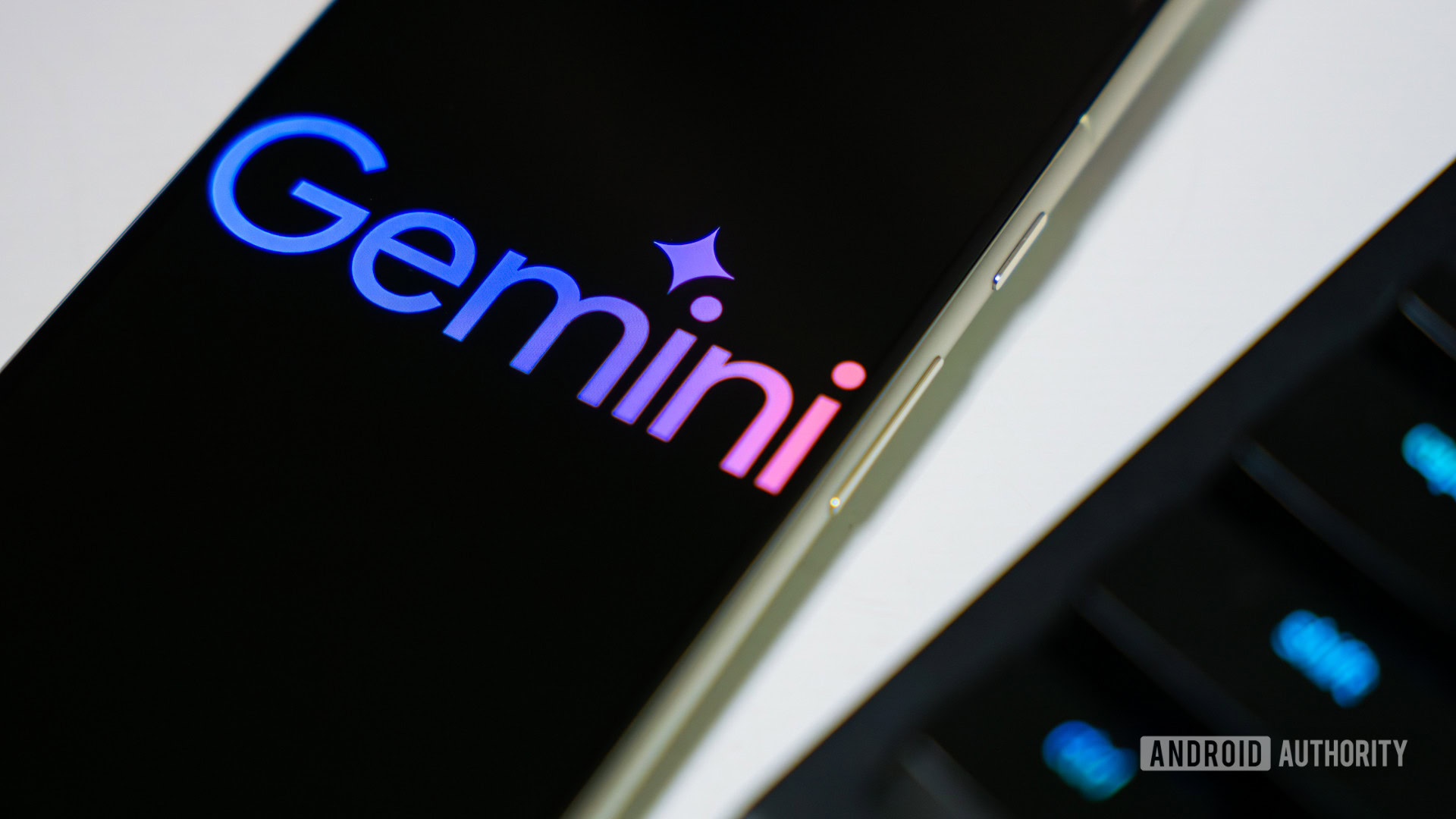Sugar is one of the most daily foods and one on which food controversies do not scarce. Excessive sugar consumption can be linked to various problems, from the oral to diabetes. The artificial sweeteners that we sometimes use to reduce the consumption of conventional sugars can be healthier, but no less controversial.
Less sugar, more hungry. A recent study has found that some artificial sweeteners could be affecting the signals that manage our appetite at the brain level. The team responsible for the study observed that the Sucralosa had a less satiating effect than sucrose, conventional or table sugar.
The Sucralosa. Sucralosa is an artificial sweetener, a disaccharide or compound sugar such as the union of two simple sugars. Its sweetest capacity is up to 600 times higher than that of sucrose, but our body does not absorb it in the same way. This implies that this sweetener has no caloric contribution to our body.
This could explain the observed phenomenon: our body would perceive the sweet taste and prepare for calorie ingestion. The body would simply be responding to the absence of energy received.
75 participants. In the study, 75 participants who worked as both of the experimental group and control group in two sessions separate days or weeks from each other took part. Participants, men and women, some with “healthy” weight, others overweight or obesity, consumed three drinks prepared in the experimental sessions to which they underwent.
These preparations were a sweetened drink with sucralose, another with conventional sugar (sucrose), and another simple water. The order in which they assigned each drink was random. The team later studied the participants’ response to each drink. Before and after the test they carried out functional magnetic resonances, they took blood samples and asked the participants for their feeling of hunger.
They observed that the sucralose increased appetite and activity in the hypothalamus and that it did it to a greater extent among the participants with obesity. The team also detected changes in how the hypothalamus communicated with other brain regions. The details of the study were published in an article in the magazine Nature Metabolism.
Old acquaintances. The key can be in the hormones that our body produces when eating, hormones such as insulin and LPG-1 (peptide similar to glucagon 1). This last hormone is produced in the stomach when we eat and fulfills a double function: on the one hand warns the pancreas that we will need insulin to manage digerida glucose; and by transmits to our brain the message that we have fed and satiated.
“The body uses these hormones to tell the brain that you have consumed calories, to reduce hunger,” Kathleen Alanna Page, co -author of the study, explains in a press release. “The Sucralosa did not have that effect, and the differences in hormonal responses to the sugar compared to sugar were even more pronounced in participants with obesity.”
Much to investigate. According to the team itself, there are still some unknowns to solve in this context. One question, for example, is how this sweetener affects our brain activity in the long term. To do this, they explain, longitudinal studies will be necessary that also analyze the weight and food behaviors of the patients.
Another issue to solve is how other factors affect, such as sex, this relationship. The team indicated that during the experiment, the brain activity of women showed greater variability than that of men, which implies the possibility of differences to study.
In WorldOfSoftware | Some researchers have analyzed the impact of sugary drinks on world health. They have taken their hands to the head
Imagen | FAran Raufi












